| PARAGRAPHE Laboratory – CITU-Paragraphe |
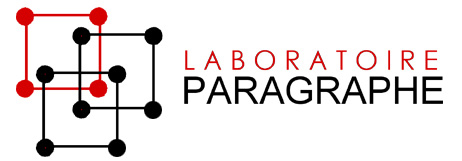
|
| University Paris 8, France |

|
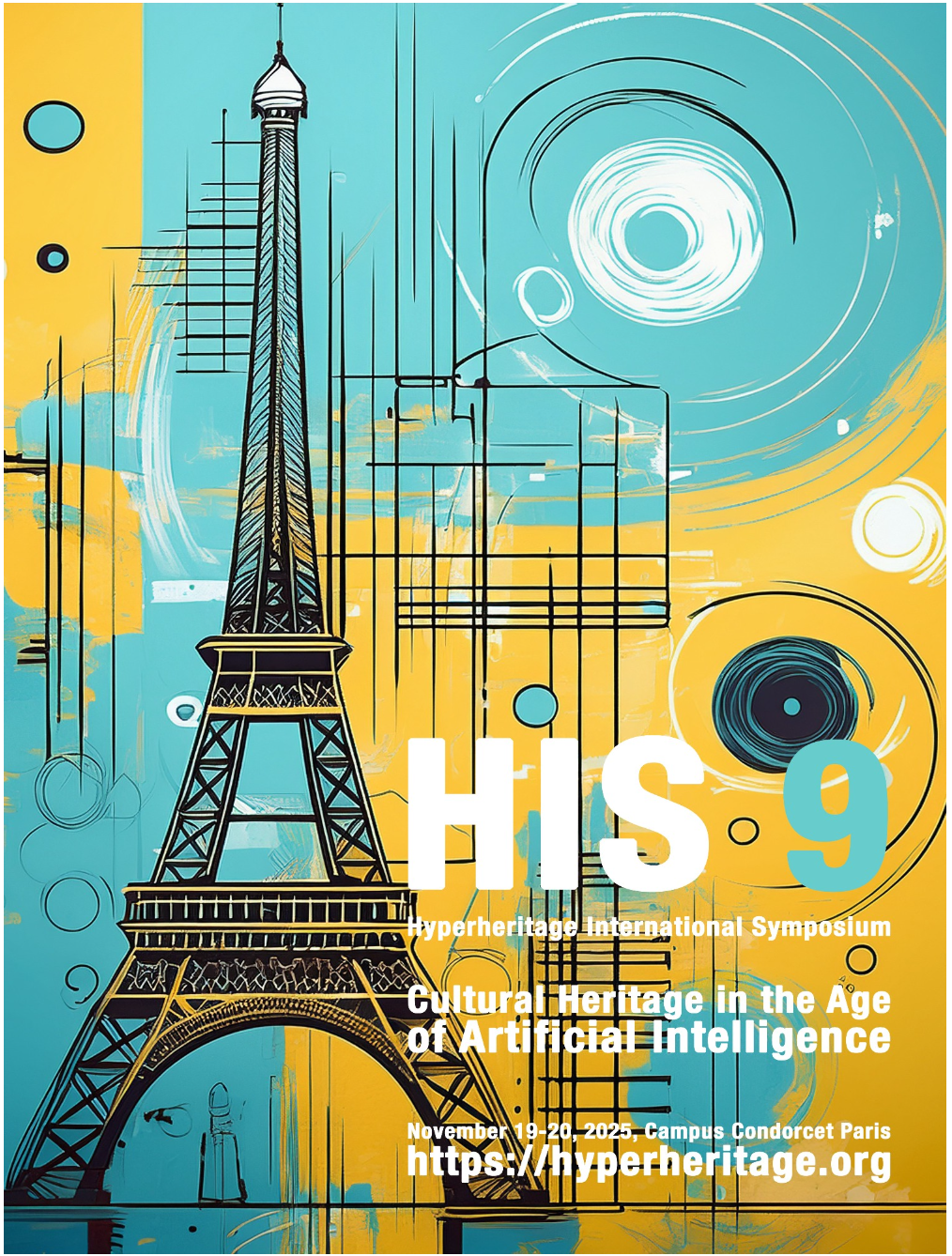
| PARAGRAPHE Laboratory – CITU-Paragraphe |

|
| University Paris 8, France |

|

Technological advances in digital and computer sciences have profoundly changed our relationship to cultural heritage. Previously limited to documentation and archiving, these technologies now enable new forms of enhancement, mediation and transmission of cultural assets, whether tangible or intangible. They also deeply reshape how heritage is studied.
This shift first took the form of large-scale digitization of heritage collections — artworks, manuscripts, archives, archaeological objects or architecture. This stage made it possible to create sustainable digital repositories, accessible online to a wide audience, thereby fostering the democratization of culture. Innovations then followed rapidly, opening the way to new research methods and to heritage mediation experiences that are increasingly immersive and interactive. The fast development of born-digital creations, such as generative artworks and virtual environments, questions our traditional conceptions and makes new dematerialized heritages emerge, which we will have to learn to understand, preserve and transmit to future generations.
Artificial intelligence, especially in its generative form, opens promising horizons, being able to create images, texts, and even sounds and videos from scratch. It offers fascinating perspectives for cultural heritage and research. It could make it possible to virtually restore damaged or lost artworks, based on existing fragments. AI-powered virtual guides could offer renewed and captivating visit experiences in contextualized, realistic or immersive three-dimensional environments. Digital technologies are also transforming our access to tangible cultural heritage through photorealistic 3D reproductions generated by AI. These offer new enhancement opportunities for heritage works and sites that are difficult to access or too fragile to move. They can be seen as hybrid duplications, halfway between the real and the virtual. AI could also help revive intangible heritage: virtual storytellers and performers could transmit ancestral oral traditions. It could contribute to safeguarding and transmission by regenerating ephemeral artistic performances (theatre, dance, music, etc.) from archives, making it possible to experience them again.
Distributed data ledgers based on blockchain represent a major asset to guarantee authenticity, traceability and property rights of cultural assets in the digital age. This technology makes it possible to build tamper-proof and decentralized databases listing certified metadata of works and heritage objects. For tangible cultural heritage, blockchain offers an effective way to fight illicit trafficking by establishing inviolable digital “passports” tracing the full transaction history of each piece. It also secures the management of intellectual property rights attached to artistic creations. As for born-digital heritage created by generative AI software, blockchain is essential to certify the origin, uniqueness and authorship of these virtual works. Non-fungible tokens (NFTs), immutably recorded in the blockchain, become full “titles of ownership”. However, to guarantee interoperability and sustainability of these decentralized certification infrastructures, efforts to harmonize technical and legal standards will be needed. The adoption of open and universal standards is crucial to enable exchange, portability and long-term archiving of heritage data within blockchain-based distributed ledgers.
The symposium is open (without being exhaustive) to the following topics:
|
|
The official languages are French and English, for papers and presentations.
| Submission until 30 June 2025 | Submission of the full paper for double-blind review Papers must be sent to his@univ-paris8.fr, in .doc or .docx version only |
| 15 July 2025 | Notifications to authors: acceptance or rejection |
| 30 August 2025 | Deadline to return a proofread, corrected and final version of the paper |
| 30 September 2025 | Deadline for registration and payment of participation fees for authors |
| 19 and 20 November 2025 | Symposium held at Campus Condorcet, Aubervilliers site |
The submission of a proposal will be carried out according to the following dates and process:
| submission until 30 June 2025: deadline for receiving the full paper for double-blind review. |
The full paper (25,000 characters maximum) must be at least 7 pages and at most 14 pages. The text must be formatted strictly according to the following elements:
Authors of full papers accepted at the end of the evaluation phase will be invited, in case of acceptance, to submit a non-anonymized version. |
Full papers submitted to the symposium will be double-blind reviewed, and the program and scientific committee will issue acceptance or rejection notifications at the end of this phase for an oral presentation at the symposium.
Registration is compulsory for at least one of the authors of the accepted communication. The author undertakes to pay the symposium participation fees.
If no registration is received, the communication will be definitively removed from the program.
Payment methods and participation fees are as follows:
| Fees for one registration | Academic / Professional: 180 euros incl. VAT |
Participation fees include:
Payment details:
| Contact | Ms. Christelle Cannet (Paragraphe administrator) ccannet02@univ-paris8.fr |
| Transdisciplinary Research Laboratory on Individuals, Institutions and Mutations (TIIM), Tunisia |
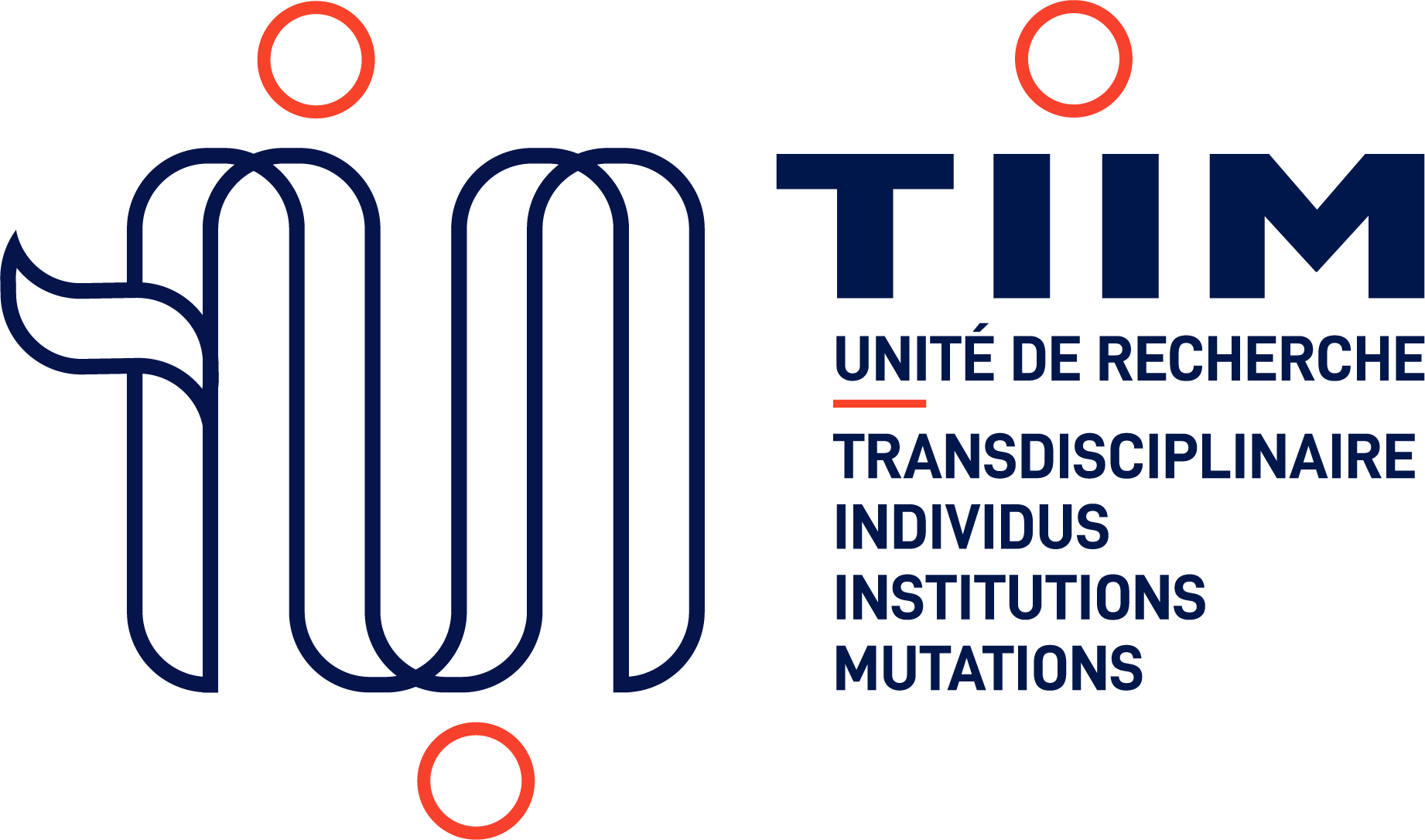
|
|
ELLIADD Laboratory (Publishing, Languages, Literatures, Computer Science, Arts, Didactics, Discourses) University of Franche-Comté – Montbéliard, France |
|
|
LARSH Laboratory, DeVisu Department Polytechnic University Hauts-de-France, France |

|
| NUMILIS: Digital humanities, literature and societal transformations, Hassan II University Casablanca, Morocco |
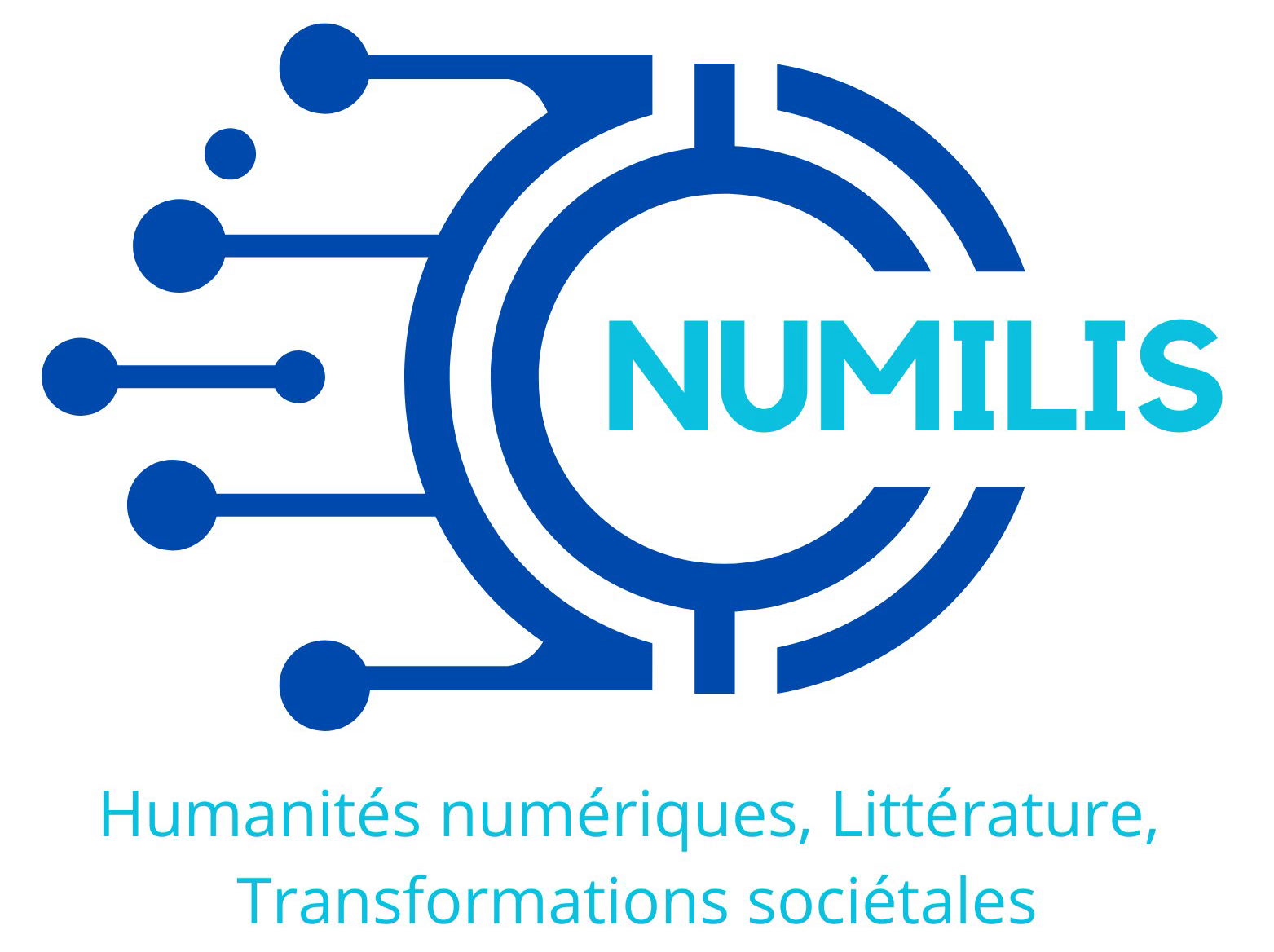
|
| Arab American University, Palestine |
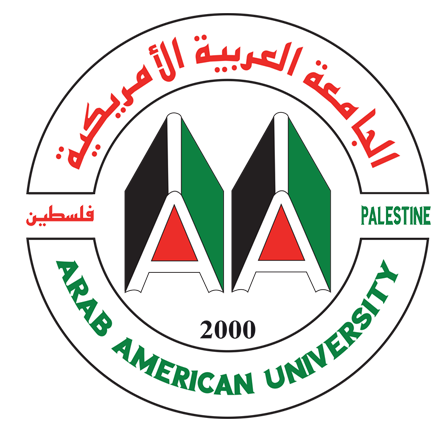
|
| GERiiCO Laboratory, University of Lille, France |
|
| ITEN – UNESCO Chair, France |

|
| University of Mons, Belgium |
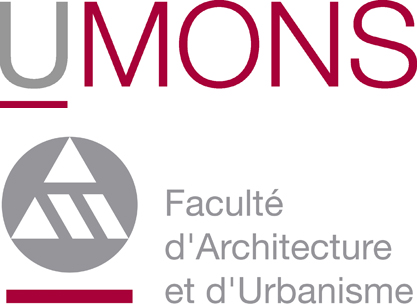
|
| FMSH – Paris, France |

|
| SicLab Laboratory, Côte d'Azur University, France |
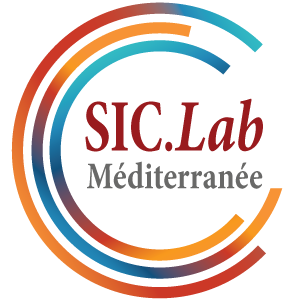
|
Symposium venue:
| Campus Condorcet – Conference Center, SALLE 100, Paris – Aubervilliers |

|
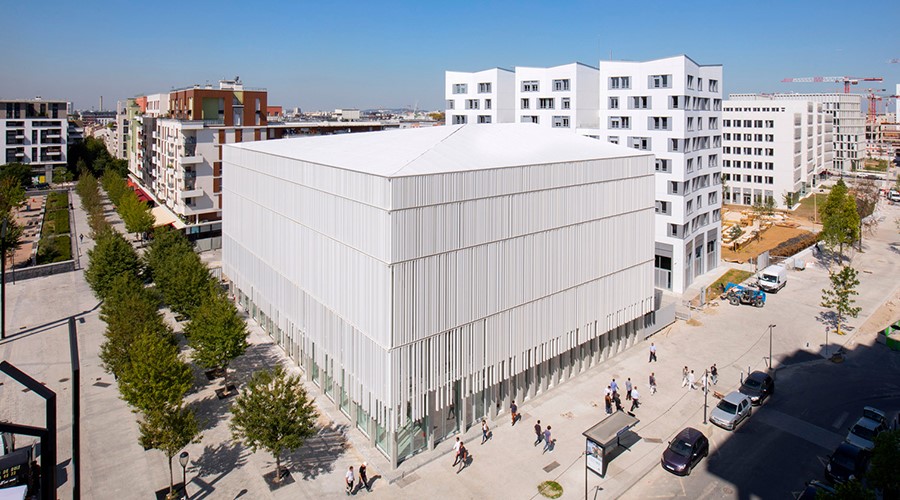
|

|
Transport: Metro line 12, Front Populaire station
Address: Place du Front Populaire, 93300 Aubervilliers
Laboratoire Paragraphe
Université Paris 8
2, rue de la Liberté - 93526 Saint-Denis Cedex 02
Tel.: (33) + (0)1 49 40 73 43
his![]() univ-paris8.fr
univ-paris8.fr